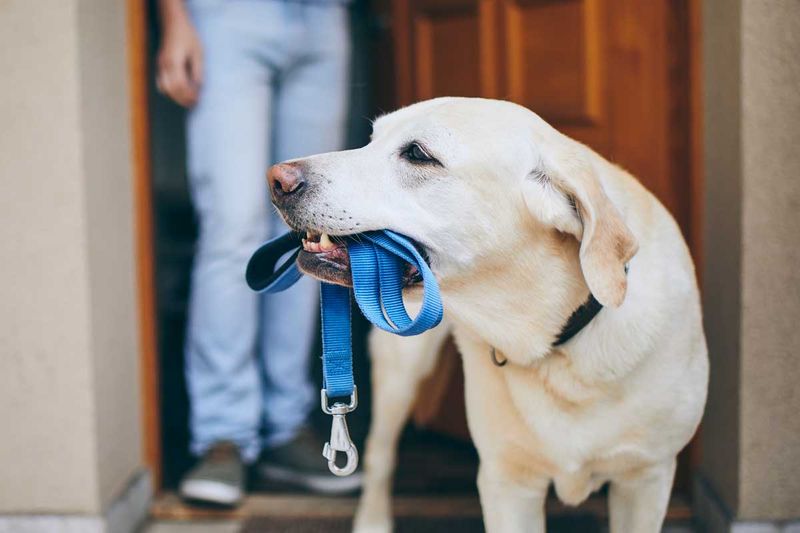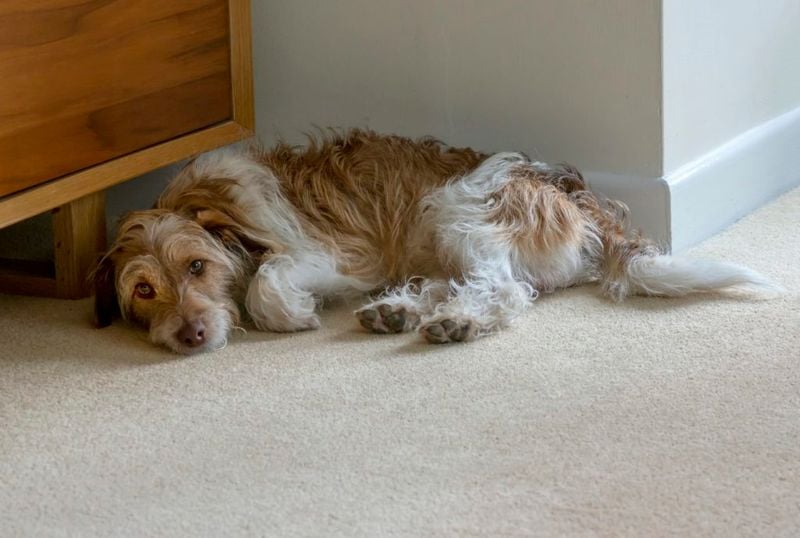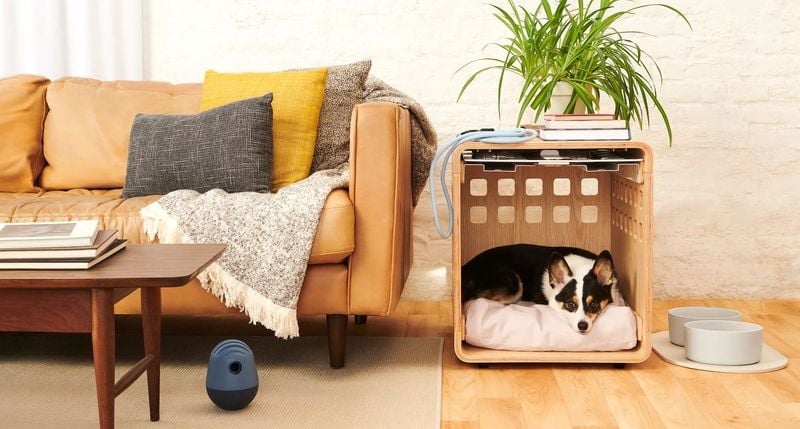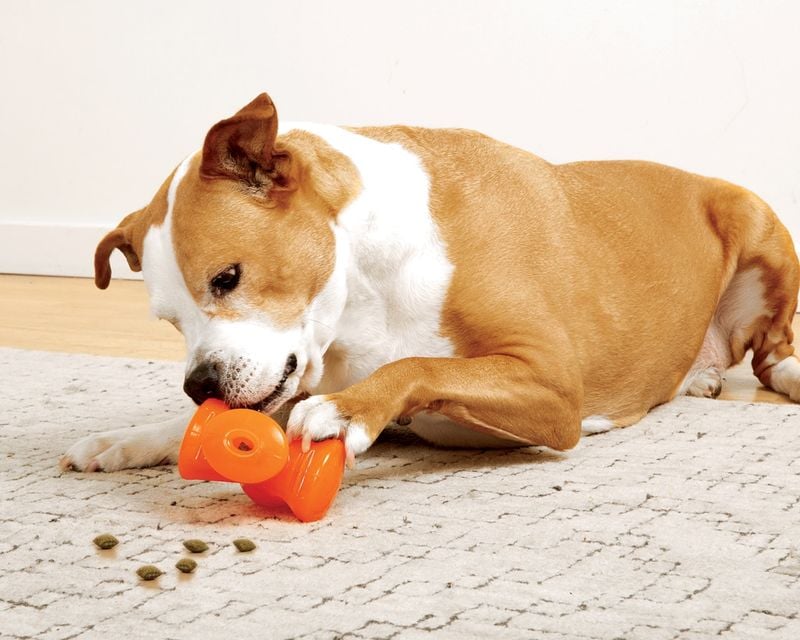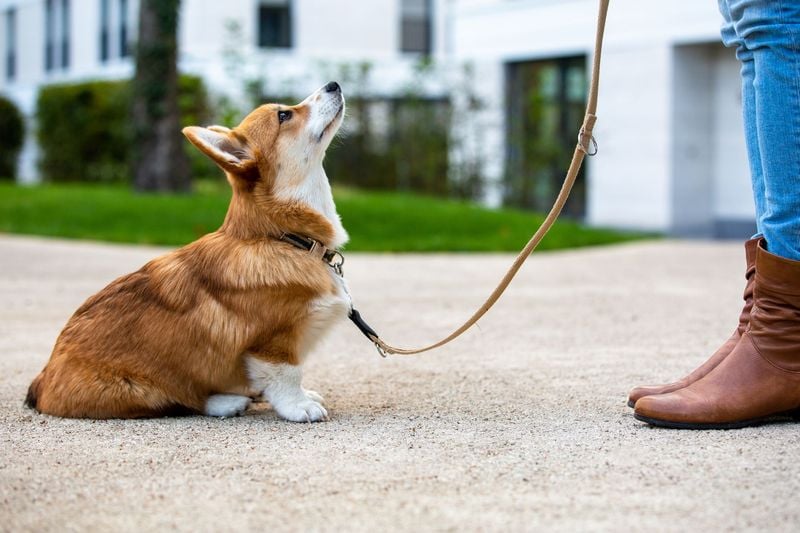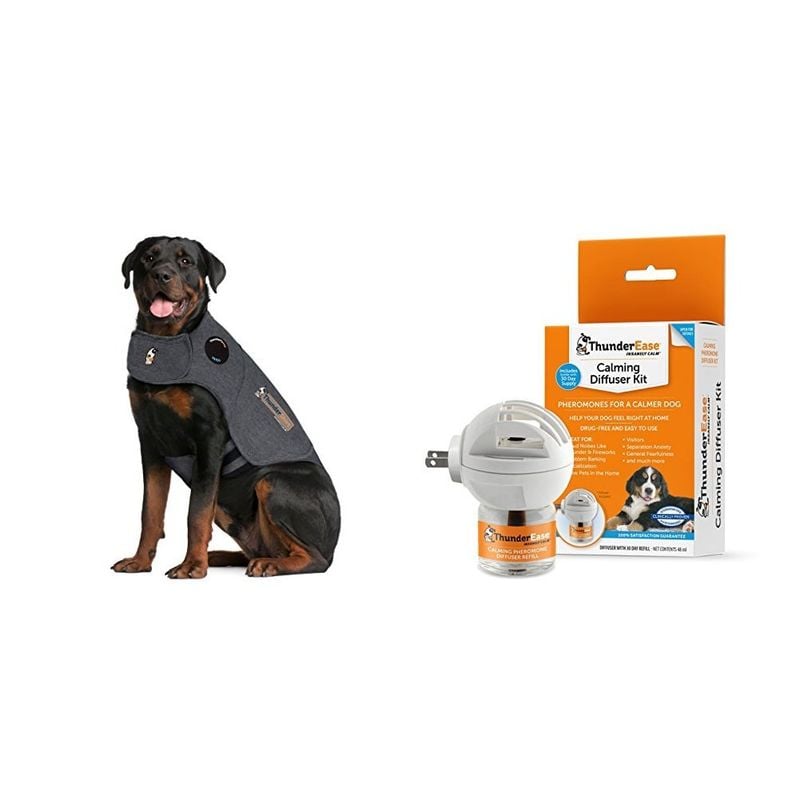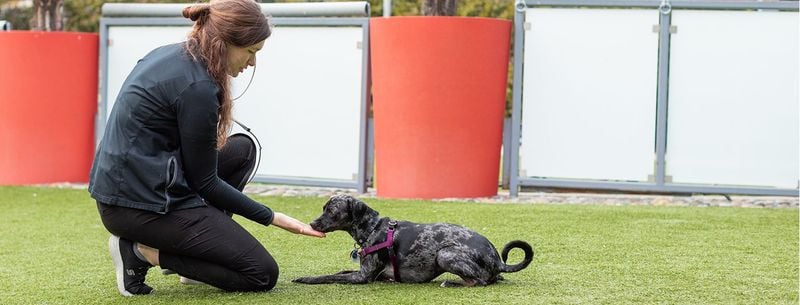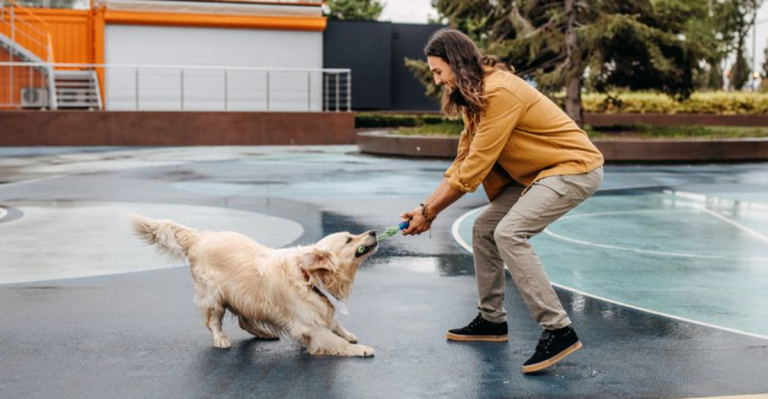9 Ways to Calm a Hyper-Vigilant Dog (That Actually Work)
Dogs with hyper-vigilance constantly scan their environment for threats, making them jumpy, stressed, and exhausted. This behavior isn’t just uncomfortable for your furry friend – it can seriously impact their quality of life and your relationship with them.
The good news is that with patience and the right techniques, you can help your anxious pup feel more secure and relaxed in their world.
1. Create a Predictable Daily Routine
Anxious dogs thrive when they know what to expect. Feeding, walking, playtime, and bedtime should happen at roughly the same times each day. This reliability gives your pup a sense of security in an otherwise unpredictable world.
When routines change unexpectedly, hyper-vigilant dogs often experience increased stress. Try using a visual schedule with simple cues for each activity. Many pet parents notice their dogs actually start to remind them when it’s time for the next activity!
Weekends can disrupt this system, so maintain key elements of your routine even on days off. Your consistency builds trust that tomorrow will unfold similarly to today.
2. Maintain a Calm Household Environment
Your home’s energy directly affects your dog’s stress levels. Loud noises, arguments, and chaotic activity can trigger a hyper-vigilant dog’s alert system. Speaking in gentle tones and moving deliberately around your nervous pup helps them stay grounded.
Background sounds matter too. Consider playing soft classical music or nature sounds to mask startling outdoor noises. Many dogs respond positively to specific music designed for canine relaxation.
The physical space counts just as much as the sound environment. Minimize clutter that restricts movement paths and avoid rearranging furniture frequently, as this can disorient a dog who’s already on high alert.
3. Provide a Dedicated Safe Space
Every hyper-vigilant dog needs their own sanctuary – a place they can retreat to when feeling overwhelmed. A crate covered with a blanket, a bed tucked in a quiet corner, or even a spot under a desk can become their personal haven.
Make this space irresistibly comfortable with their favorite blanket and toys. The location matters too – choose somewhere semi-private but not completely isolated from family activity. This allows your dog to observe without feeling exposed.
Never disturb your dog when they’re in their safe space. Teaching children and visitors this rule helps your anxious pup learn that this area truly represents security and peace.
4. Use Consistent Positive Reinforcement
Rewarding calm behavior transforms your dog’s emotional response to previously stressful situations. When your pup relaxes during a typically triggering moment, immediately offer praise and a high-value treat. The timing is crucial – reward the behavior as it happens, not afterward.
Clicker training works wonders for marking exact moments of calmness. The distinctive click sound precisely identifies which behavior earned the reward. Over time, your dog builds positive associations with situations that once caused anxiety.
Avoid punishing nervous behaviors like barking or pacing. This only increases stress and damages trust. Focus exclusively on reinforcing the calm moments, however brief they might be initially.
5. Engage Their Brain with Mental Stimulation
Mental exercise tires out an anxious dog more effectively than physical activity alone. Puzzle toys that dispense treats challenge your dog’s problem-solving skills while redirecting their focus away from potential threats. Rotate these toys regularly to maintain interest.
Scent work taps into your dog’s natural abilities and builds confidence. Hide treats around your home or yard and encourage your pup to find them using their nose. The concentration required helps quiet an overactive mind.
Training sessions involving new tricks provide mental challenges while strengthening your bond. Keep sessions short (5-10 minutes) but frequent for hyper-vigilant dogs who might struggle with longer periods of concentration.
6. Practice Gradual Desensitization to Triggers
Most hyper-vigilant dogs have specific triggers – maybe it’s the vacuum cleaner, strangers, or thunderstorms. Systematic desensitization involves exposing your dog to a minimal version of their trigger, then gradually increasing intensity as they remain calm.
For noise sensitivity, try playing recorded sounds at very low volumes during playtime or meals. A dog afraid of strangers might start by watching people from a distance while receiving treats. The key is moving slowly enough that your dog never reaches panic mode.
Progress happens on your dog’s timeline, not yours. Some triggers might take weeks or months to desensitize, while others improve quickly. Document specific triggers and your dog’s reactions to track improvement.
7. Incorporate Calming Tools and Products
Anxiety wraps like ThunderShirts apply gentle, constant pressure that soothes many nervous dogs. The sensation mimics a reassuring hug, activating pressure points that naturally calm the nervous system. Put it on before stressful events for maximum effectiveness.
Pheromone products like Adaptil mimic the comforting scents mother dogs release to calm their puppies. Available as plug-in diffusers, sprays, or collars, these odorless compounds send chemical signals of safety to your dog’s brain.
Calming supplements containing ingredients like L-theanine or tryptophan can reduce anxiety when used consistently. Always consult your veterinarian before starting any supplement, as they can recommend appropriate products and dosages for your specific dog.
8. Master the Art of Stress-Free Walks
Walking a hyper-vigilant dog requires strategy, not just a leash and good intentions. Consider using front-clip harnesses that give you better control without causing discomfort. These tools redirect your dog’s momentum when they lunge, making walks more manageable.
Route planning makes a huge difference. Start with quieter paths during less busy times of day. Gradually work toward more stimulating environments as your dog builds confidence. U-turns become your secret weapon when approaching triggers you can’t avoid.
Your energy transfers directly through the leash. Practice deep breathing and maintain loose leash tension even when you spot potential triggers. Your calm demeanor sends a powerful message that there’s nothing to fear.
9. Consult a Professional Dog Behavior Specialist
Some cases of hyper-vigilance require expert guidance. Certified Applied Animal Behaviorists and veterinary behaviorists have specialized education in treating complex anxiety disorders. They create customized treatment plans based on your dog’s specific needs and history.
Look for professionals using force-free, science-based methods. Ask about their credentials and experience with anxiety cases similar to your dog’s. The right specialist will include you as an essential part of the treatment team.
Medication sometimes plays a crucial role alongside behavioral modification. Don’t hesitate to discuss this option with your veterinarian or behaviorist. Modern veterinary medications can significantly improve quality of life for severely anxious dogs while other training methods take effect.

